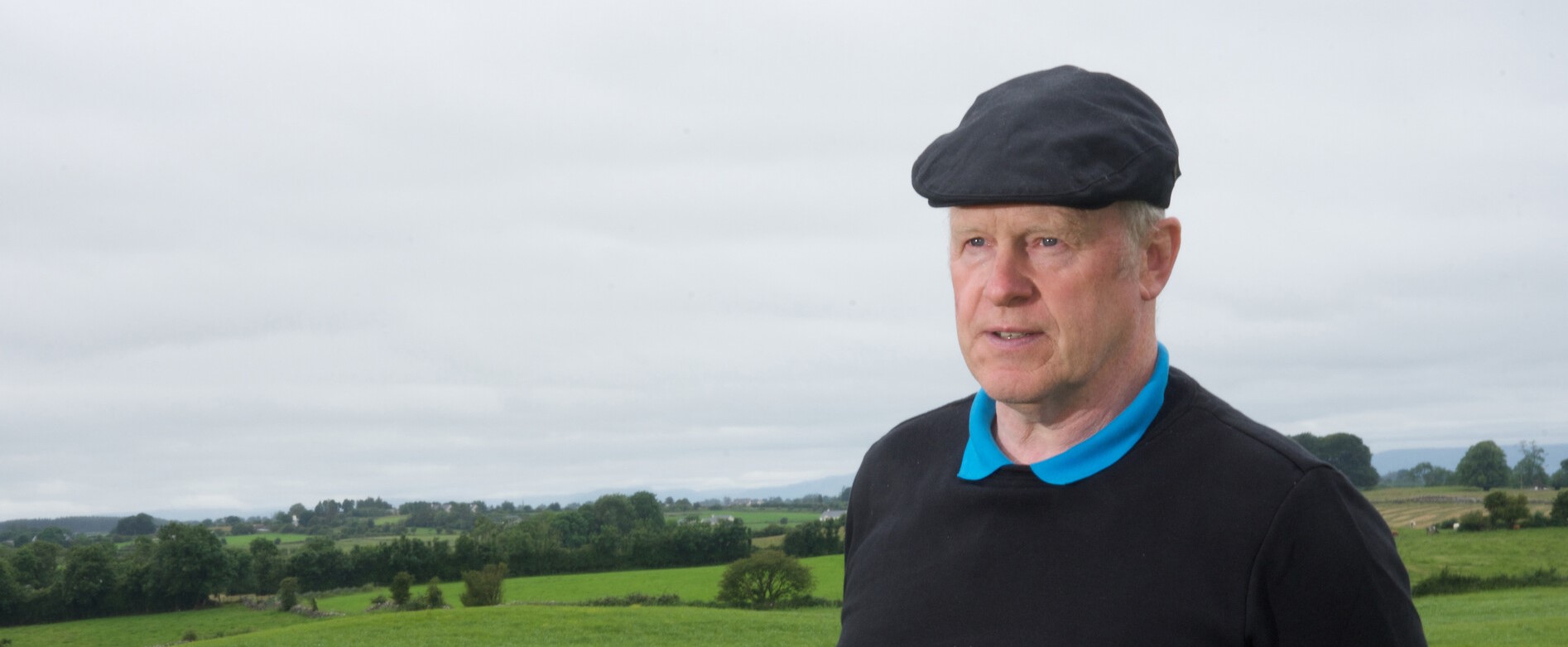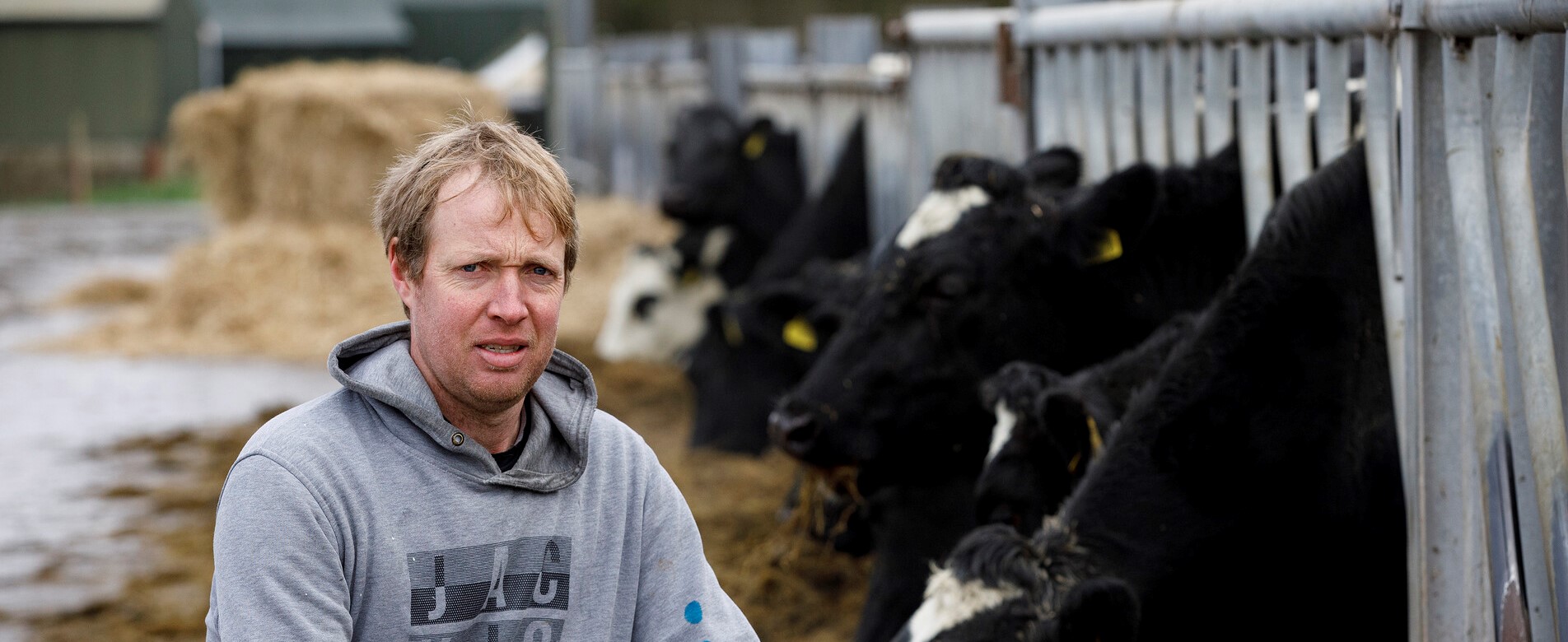There is growing alarm at rising input costs and the on-going price volatility affecting agriculture. With no clear view of how this will play out over the coming 12 months, it’s time to look to next year and consider options for reducing input costs. Legumes could be the answer.
The primary goal of producing high protein, homegrown forages is to reduce reliance on bought-in protein sources, but there are other benefits too. The nitrogen-fixing ability of legumes offers great potential for improving nitrogen-use efficiency (NUE), reducing the need for artificial fertiliser.
Commonly grown legumes, as monocultures or within multi-species leys, include red and white clovers and vetch to name a few. Let’s look at them in more detail.
Clover
Many livestock farmers enjoy the benefits of including red and white clover in both their grazing and cutting swards. Clover plants convert atmospheric nitrogen into a plant-useable form and fix it in the soil.
With the potential to supply up to 150 kg N/ha, clover reduces both the requirement and associated cost of fertiliser applications without impacting grass yield. In fact, if too much nitrogen is available in the soil, clover will not fix its own.
The easiest way to establish clover is as part of a full reseed, but if you reseeded this autumn, it’s still possible to include white clover in the new sward. Oversow it next spring after tight grazing or a cut of silage.
Incorporating clover after a new sward has established is often overlooked, but the financial and environmental gains from increased productivity and reduced inputs make it a useful part of good grassland management.
To include red clover in a spring reseed, start considering varieties now. Germinal’s red clover mixture contains high-quality varieties, such as AberClaret, which can persist for up to four to five years.
To aid persistency, allow it to flower at least once a year as this helps build root reserves. Red clover partners well with perennial ryegrass, resulting in high-quality silage, allowing three to four cuts to be taken.
Like red clover, white clover is best grown as a companion to perennial ryegrass. Germinal’s mixtures are offered with white clover to suit specific farming requirements.
Catch and cover crop legumes
Vetch is the most suitable species for sowing as a cover crop as it offers the nitrogen-fixing ability seen from all legumes. Peas and beans are also particularly useful as nitrogen-fixing crops in environmental focus areas (EFAs).
Multi-species swards
Multi-species swards also fit well with the current pressure to produce food efficiently and sustainably, while meeting livestock needs. These diverse swards contain legumes alongside grasses and herbs bringing soil and animal benefits.
Preparing for spring
Including legumes in a rotation is a significant way for farmers to drive production and reduce the need for inputs. If you are aiming to maximise the benefits of homegrown forage, now is the time to take stock, review sward performance, and plan for next year.
Which swards performed well? Which fields might benefit from a reseed in the spring? Do you need to make any changes to your forage cropping next year? And how do legumes fit into your plans?
“Although it is not the only driving force behind our on-farm decision making, as an organic farm, sustainability is very important to us. Red clover plays a vital role in this through its nitrogen-fixing abilities and because it allows us to finish our cattle entirely on homegrown feed. For us, sustainability is all about being productive while keeping our costs down and avoiding negative impacts on the environment wherever possible.” Eugene Kirrane, Claremorris, Co. Mayo

“Not only does the clover increase palatability but I’m also hoping it’ll allow us to reduce the amount of applied nitrogen we use in the future.” Brian Hogan, Horse and Jockey, Tipperary

Trust the grass and forage experts
Fill in the form below and we will connect you with one of the Germinal experts in your area.
